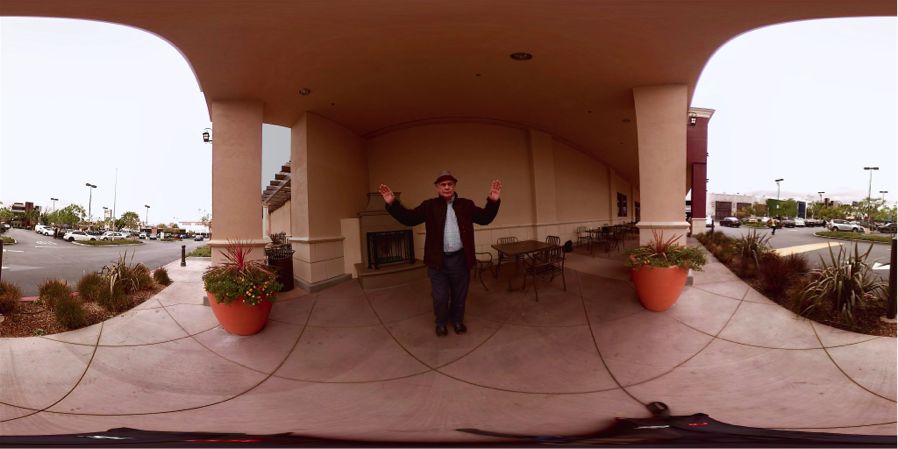The world has embarked on a new form of storytelling. It is called transmedia.
In essence, transmedia is about evolving the way we tell stories to more accurately reflect the consumption habits of our audiences, by delivering independent yet connected stories across multiple media platforms. In doing so, transmedia unlocks fresh creative possibilities, enables access to new revenue streams and promotes deeper levels of audience engagement and brand loyalty.
Transmedia encompasses both fictional and fact-based story forms that can be experienced in traditional settings like in cinemas and on television as well as on the internet via mobile devices, social media, as well as at live events and through ‘real world’ game play.
The distinguishing feature of transmedia is that all plot lines and media presentations are designed to flow within a single, integrated storyworld, often with an emphasis on audience participation. Each strand of the story may be enjoyed individually or in combination, resulting in a more immersive experience. In this way, transmedia acts both as a creative technique for story extension and as a marketing tool to reach a broader, more diversified, audience.
There are several great examples of transmedia that have grown out of the broadcast space, including Lost, Halo, Dexter and Dr Who.
Of particular note is Tim Kring’s “Heroes” franchise. When that started back in 2006, there was very little precedent for those kinds of stories so the makers were able to indulge and experiment with a variety of ideas. The story evolved very quickly from the tv screen, to comics, through games and websites for characters and companies in the show, expanding its borders at every turn.
Hollywood studios have also got on board in a big way and now most studio tentpole films have some kind of transmedia extensions. Films like The Matrix, District 9 and Dark Knight, all had extensive transmedia components.
Certain brands have also got on board with transmedia, utilizing it’s power to invigorate audiences and increase brand loyalty. Examples include the extensive Audi heist storyworld Art of the Heist created by Audi’s advertising partner McKinney+Silver and the interactive presentations of the New Old Spice Guy conceived by Wieden + Kennedy.
There have also been plenty of indie versions of transmedia that tends to be less marketing focused and more interested in the evolution of storytelling. Examples like Kat Cizek’s Highrise and Lance Weiler’s Pandemic are commonly cited examples. More recently, The Seed, a transmedia story combining four plays, a treasure hunt and online characters, as part of the London 2012 Cultural Olympiad.
Marsha Kinder from the University of Southern California first coined the term ‘transmedia’ in the early 90‘s but it wasn’t until Henry Jenkins published his paper entitled “Transmedia Storytelling” in 2003 that usage of the word really started taking off. Prof Jenkins published an updated version of that seminal paper on his blog in 2007 entitled Transmedia Storytelling 101.
Other terms for transmedia include immersive storytelling, deep media, persistent narratives and multi-platform storytelling. We prefer to use the word “transmedia” because it is a neat shorthand to capture all of those concepts.

Filmtools
Filmmakers go-to destination for pre-production, production & post production equipment!
Shop Now












